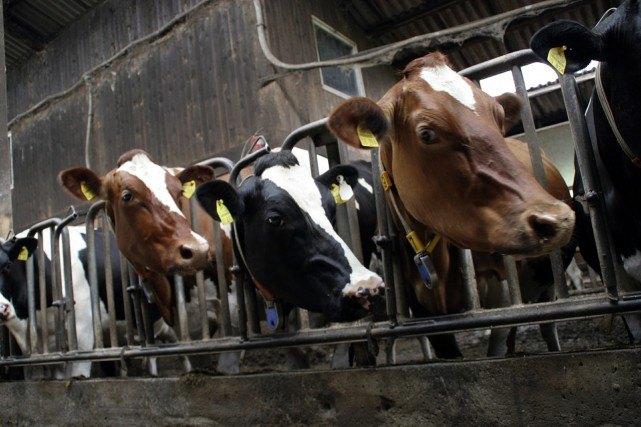
Editor’s Note: This post is part of TriplePundit’s ongoing coverage of SXSW Eco 2015. You can read all of our coverage here.
One of the keynotes at last week's SXSW Eco conference in Austin, Texas, which was attended by several of us from TriplePundit, came from Isha Datar of New Harvest, a grant-making nonprofit that is seeking to research, develop and promote the use of animal products made without animals. That is, meat tissue that is developed in a lab and doesn't require the killing of any living beings.
"Biotechnology opens up this whole world of food we didn't have before." @NewHarvestOrg's @IshaDatar at #SXSWeco. pic.twitter.com/ebhrrRXYfA
— Dillon J. Long (@dillonjameslong) October 6, 2015
In theory, cultured, lab meats sound fantastic. They reduce the ethical challenges of eating meat, and also reduce the need for massive, intensive farms which are a major source of both pollution, greenhouse gases and disease.
"Factory farming is the coal-fired version of meat production." Absolutely. @IshaDatar #animalwelfare #factoryfarming #SXSWEco — Tara Holmes (@tmhol) October 6, 2015
"Animal agriculture is one of the primary contributors to climate change" @NewHarvestOrg #SXSWEco #bioeconomy pic.twitter.com/k9UDgLMlxS
— Rainforest Partners (@RainforestPrtnr) October 6, 2015
There's a problem, though. According to a recent study from Slate, New America and Arizona State University, lab-produced meat may actually use more energy than farmed meat.
Cultivation of in-vitro meat requires more industrial energy — often produced by burning fossil fuels — than pork, poultry and maybe even beef. As a result, the global warming potential for cultured meat is likely to be higher than that of poultry and pork but lower than that of beef.
This may not be a huge problem – the other benefits may outweigh the increased energy costs, but it shows that there is rarely a purely technological solution to any problem. We can't continue to eat too much meat and save the environment at the same time.
Let's remember how we got into this problem. The availability of cheap meat made the modern American diet (now being exported to countries around the world) possible. This cheap meat was driven partly by the emergence of factory farms, but also by the use of pesticides and monoculture crop systems to rapidly increase the quantity of corn and soy grown in America. Those two foods are the chief components of animal feed, even given to animals like cow and chickens, which don't eat those foods naturally.
As meat became more and more of a daily necessity (and a source of rapidly growing obesity), producers went to extreme measures to produce it cheaply and effectively. Farms became more mechanized, more and more chemicals entered the food chain, and animal welfare became an afterthought. And the climate and environment impacts were ignored until today. Agriculture now accounts for 18 percent of greenhouse gas emissions globally, more than transportation.
We could do something quickly to stop this: Eat less meat. Sweden is implementing a meat tax that would counter cheap meat and promote sustainable agriculture. A measure like that could stem the problem – sans lab meat.
This problem is only growing as, unfortunately, meat has become a symbol of progress in many parts of the world. I saw this myself in Southeast Asia, where anyone with money will buy meat, partly to imitate what they see as typically Western diets. Therefore, even as meat consumption drops in America, it is growing incredibly fast in Asia and Africa.
Lab meat may be a necessary compromise to mitigate the impacts of this massive growth in demand overseas. But, until we change our lifestyles and are willing to make sacrifices for our planet, chances are no amount of lab meat will be able to solve our environmental crisis. We need a sea of change not in what we eat, but in how we think about food and the environment. There is no silver bullet.
Image Source: Pixabay

Nithin Coca is a freelance journalist who focuses on environmental, social, and economic issues around the world, with specific expertise in Southeast Asia.














